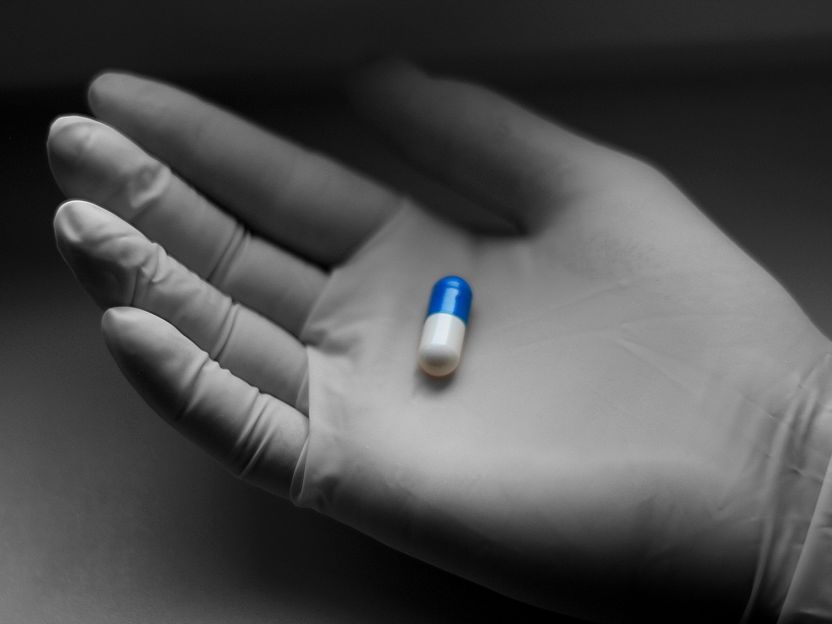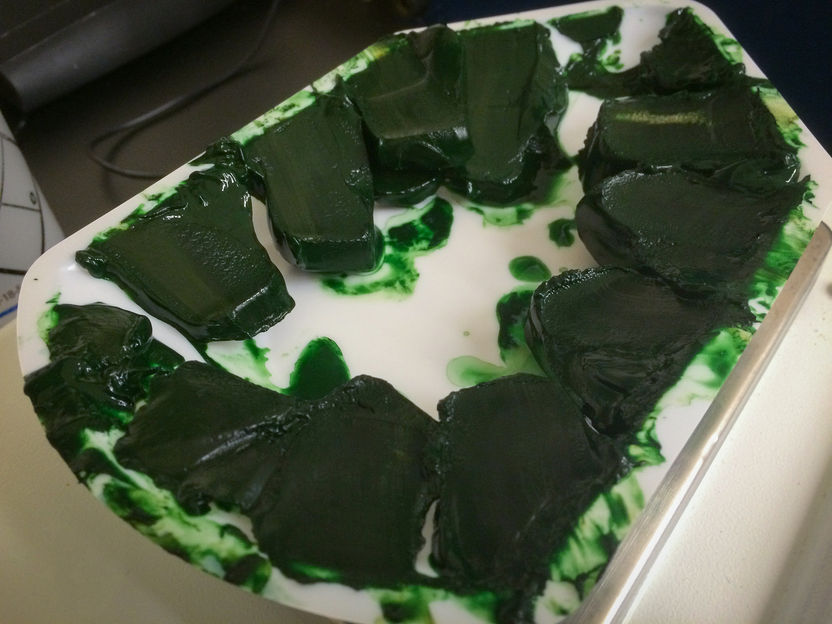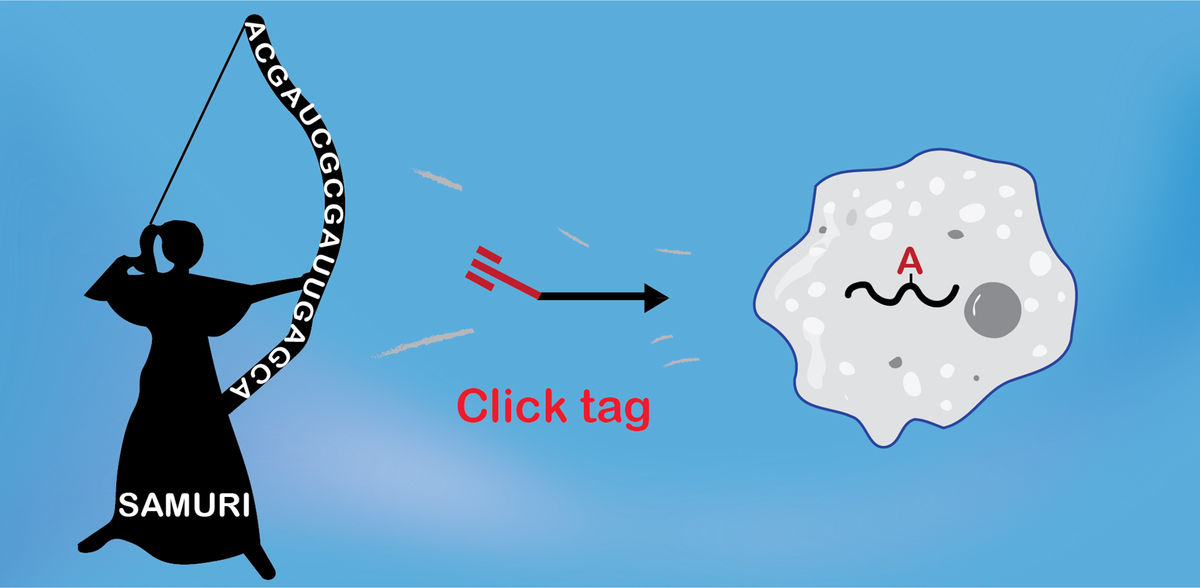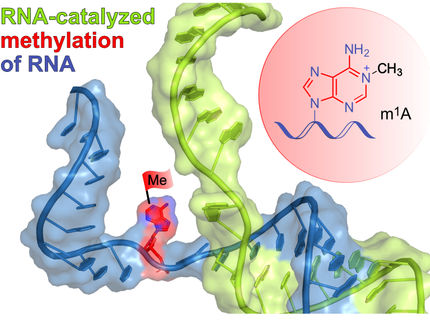New ribozyme can make RNA molecules accessible for click chemistry in living cells
Important progress for RNA research
A team led by Würzburg chemistry professor Claudia Höbartner has discovered a new ribozyme that can label RNA molecules in living cells.
RNA molecules are real all-rounders. They transfer the genetic information from the DNA in the cell. They regulate the activity of genes. And some of them have a catalytic effect: just like enzymes, they enable biochemical reactions that would be difficult or impossible to occur on their own. These special RNA molecules that accelerate such reactions are called ribozymes.
The team of chemistry professor Claudia Höbartner from Julius-Maximilians-Universität (JMU) Würzburg now presents a newly discovered ribozyme called SAMURI in the journal Nature Chemistry.
SAMURI can precisely modify other RNA molecules. This ability is very helpful for RNA research: "We can use such ribozymes as tools to label RNA with dyes and make it visible," says JMU researcher Dr. Takumi Okuda. "In this way, the pathways of RNA in the cell and its interactions with other molecules can be studied even better."
Ribozymes may also be considered for therapeutic use in the future. "We see new possible applications for ribozymes when the enzymes responsible for a specific task are missing or are no longer functional due to mutations," says Claudia Höbartner.
Details about the new ribozyme
What distinguishes the new ribozyme SAMURI? It modifies other RNA molecules at a precisely defined site of a specific adenine. There it attaches molecules to which, in turn, dyes or other molecules can easily be clicked in – like buckling up a seat belt. Such reactions are known as click chemistry.
SAMURI also has the advantage that it is active under the same physiological conditions that prevail in living cells. This is not the case with other synthetic ribozymes.
Another special feature: SAMURI uses a new synthetic cofactor to make RNA molecules accessible for click chemistry. This cofactor was developed by Dr. Takumi Okuda; it was inspired by the ubiquitous natural cofactor SAM (S-adenosylmethionine). This is also where the name of the new ribozyme comes from: SAMURI stands for "SAM-analogue utilising ribozyme".
The following steps in research
Claudia Höbartner's group next wants to elucidate the structure and mechanism of action of SAMURI. She also wants to develop further ribozymes that can modify RNA building blocks other than adenine.
Original publication
Other news from the department science

Get the life science industry in your inbox
By submitting this form you agree that LUMITOS AG will send you the newsletter(s) selected above by email. Your data will not be passed on to third parties. Your data will be stored and processed in accordance with our data protection regulations. LUMITOS may contact you by email for the purpose of advertising or market and opinion surveys. You can revoke your consent at any time without giving reasons to LUMITOS AG, Ernst-Augustin-Str. 2, 12489 Berlin, Germany or by e-mail at revoke@lumitos.com with effect for the future. In addition, each email contains a link to unsubscribe from the corresponding newsletter.
Most read news
More news from our other portals
Last viewed contents

Targeted drug delivery without the normal side effects - Indo-Irish Biotech Startup Secures Funding to Accelerate Cancer and Rare Genetic Disease Therapy

Lyme disease: Probability of developing the disease is genetically predisposed - Research team discovers gene variant and genes involved in immune regulation that are responsible for the outbreak of Lyme disease
























































